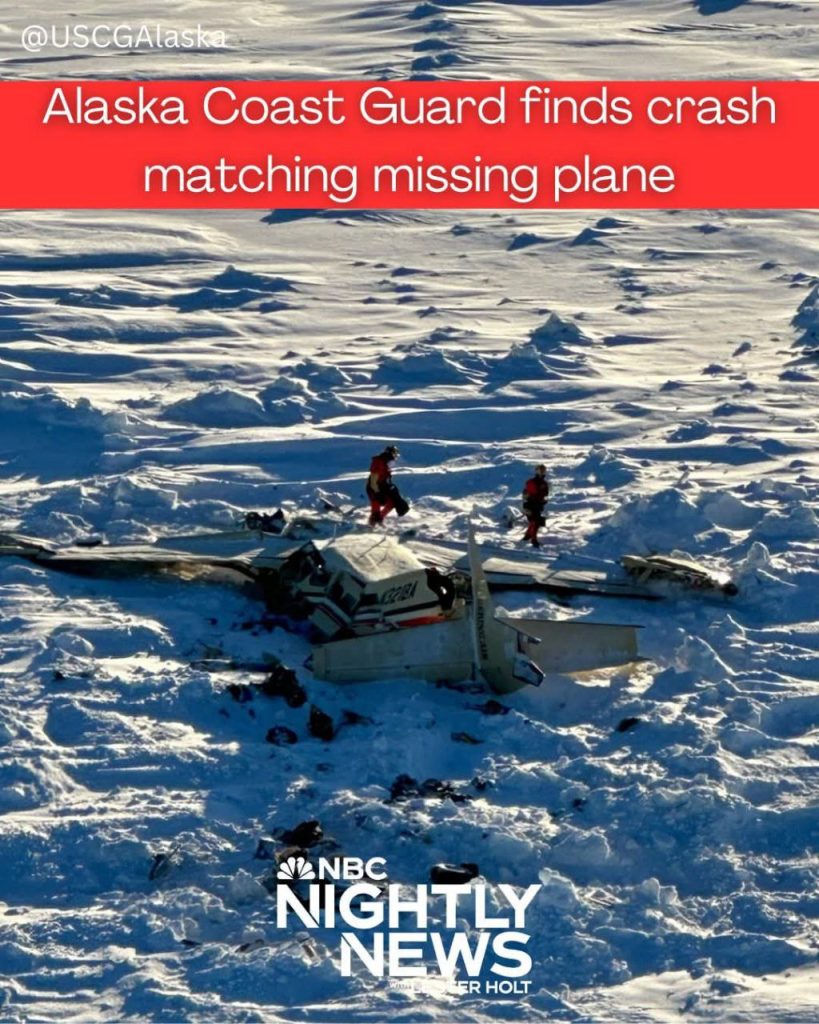On February 6, 2025, tragedy struck when a Bering Air commuter plane crashed into the icy waters of the Bering Sea, claiming the lives of all ten individuals on board. The aircraft, a Cessna 208B Grand Caravan, was on a scheduled flight from Unalakleet to Nome, a journey of roughly 148 miles. The flight, designated as Bering Air Flight 445, lost contact with air traffic controllers approximately 34 miles southeast of Nome.
The aircraft was carrying nine passengers and one pilot, including two employees of the Alaska Native Tribal Health Consortium, Rhone Baumgartner and Kameron Hartvigson. The pair had been on a work trip aimed at improving heating systems in rural communities. Other passengers included a mix of local residents, including business travelers and members of the Nome community.
When the flight failed to arrive at its scheduled time, authorities were alerted, prompting an immediate search and rescue effort by the Alaska State Troopers, U.S. Coast Guard, and local rescue teams. Radar data revealed that the plane had entered a sudden and rapid descent before disappearing from tracking systems. Weather conditions in the area were severe at the time, with strong winds, subzero temperatures, and limited visibility, further complicating the search.
After several hours of extensive searching, the wreckage of the plane was discovered on a fragmented ice floe drifting in the Bering Sea. Tragically, there were no survivors. The U.S. Coast Guard and rescue divers faced significant challenges in recovering the bodies due to unstable sea ice and harsh weather. By February 9, authorities had successfully recovered and identified all victims.
The National Transportation Safety Board (NTSB) has launched an investigation to determine the cause of the crash. Initial reports indicate that no distress calls were made before the descent, raising concerns about potential mechanical failure or pilot incapacitation. Investigators are examining flight data records, maintenance logs, and environmental factors to understand what led to the tragic event.
The crash of Bering Air Flight 445 marks one of the deadliest aviation disasters in Alaska in recent years. It follows two other fatal aviation incidents within an eight-day period in the United States, renewing concerns about aviation safety in remote and extreme-weather regions. The loss has deeply impacted the communities of Nome and Unalakleet, where the victims were well known and respected.
Memorial services for the victims are being planned, with Alaska Native organizations and local leaders expressing their condolences. Bering Air, a longtime operator in Alaska, has pledged full cooperation with investigators and is offering support to the families of those lost in the crash.
As the investigation unfolds, questions remain about what factors led to the crash and how similar tragedies might be prevented in the future. The aviation industry and regulators will closely monitor the NTSB’s findings, hoping to ensure that such a devastating loss does not happen again.

